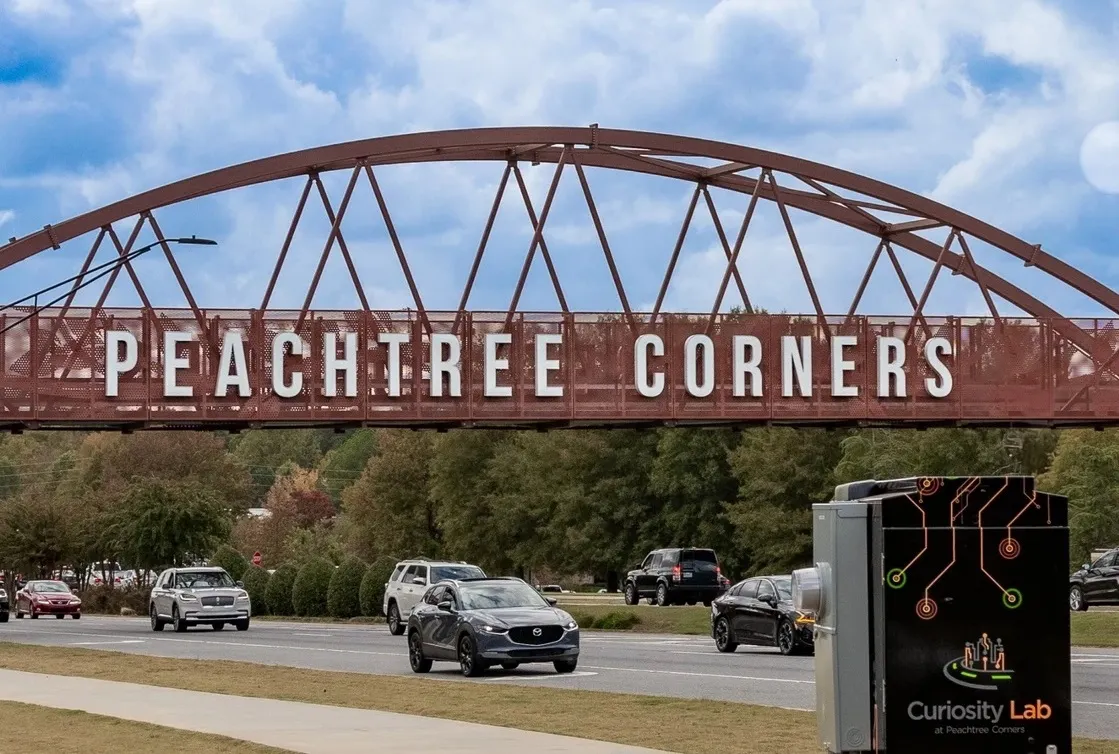McCain, US manufacturer and supplier of intelligent transportation systems, traffic control equipment and parking guidance solutions, has successfully completed the evaluation of its latest QuicTrac adaptive control project in the City of Woodland Park, Colorado. The project ran on eight intersections along a 3.65 mile stretch of United States Highway 24 (US 24), where average daily traffic ranges from 19,000–26,000 vehicles.
August 29, 2012
Read time: 1 min
QuicTrac collects real time data from detectors, loops or video, establishing traffic flow and demand. The software then runs a series of advanced algorithms to determine and coordinate optimum signal timing for the entire corridor to improve traffic flow.









